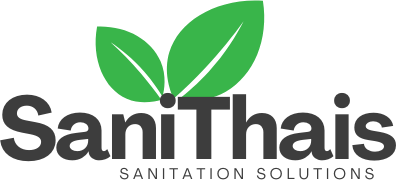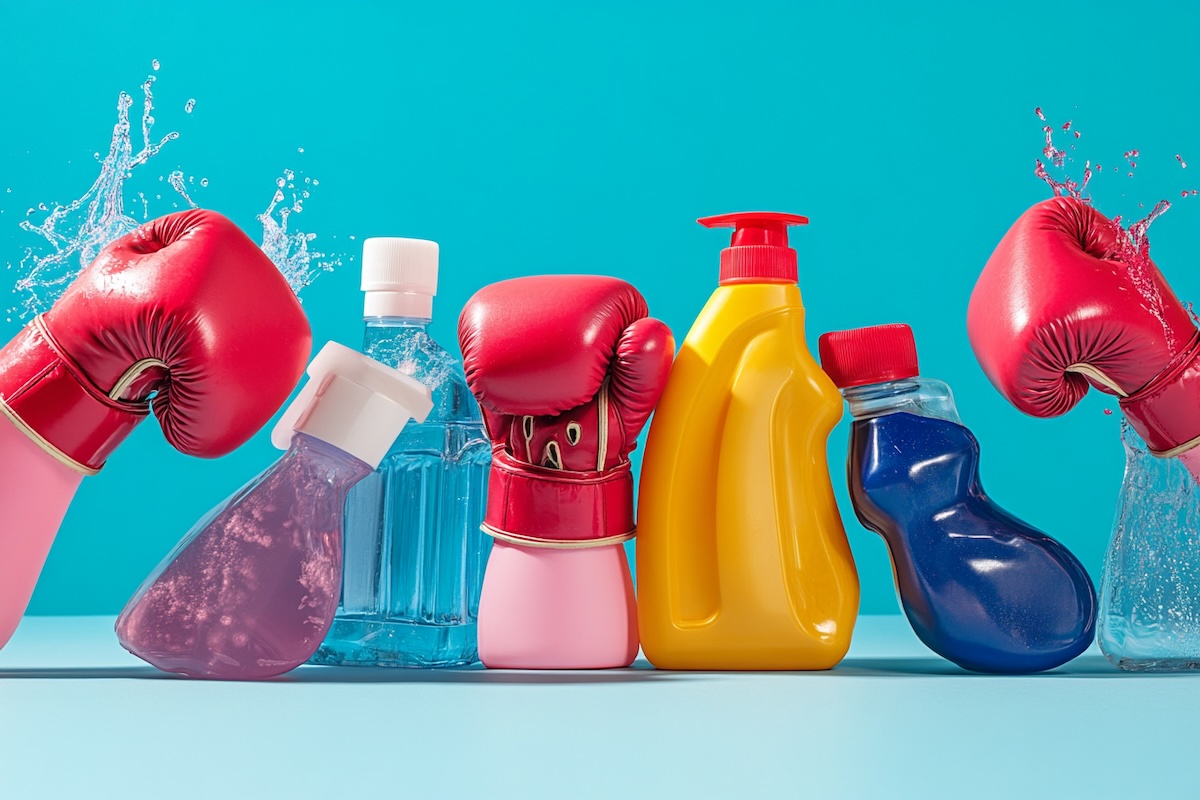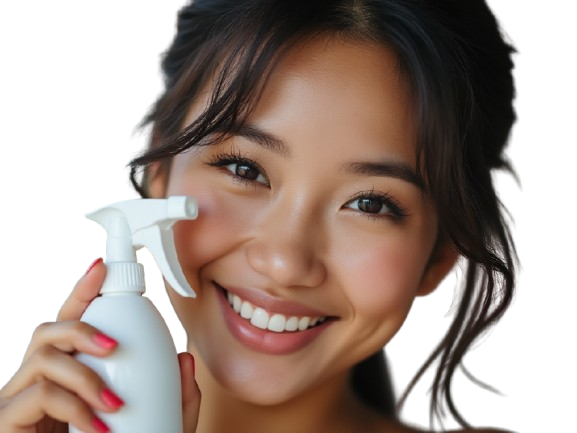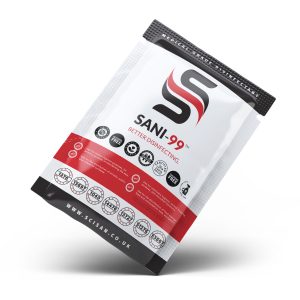A Safer, More Sustainable Solution for Comprehensive Germ Protection
In evaluating the effectiveness of various disinfectants, including alcohol, bleach, quaternary ammonium compounds (QACs), nano-ionic silver, and hydrogen peroxide, Sani-99™ stands out due to its unique attributes and efficacy across medical, agricultural, and general hygiene applications. Below is a detailed comparative analysis:
1. Alcohol-Based Disinfectants
- Effectiveness: Alcohol, commonly used at 70% concentration, offers quick germicidal action but is less effective on larger areas or when exposure time is limited due to rapid evaporation.
- Limitations: Alcohol-based disinfectants can cause surface damage over time, posing health risks with frequent inhalation or skin contact. Alcohol’s flammability also limits safe use in some settings.
- Comparison with Sani-99: Sani-99™, a non-alcohol disinfectant, achieves 99.99995% pathogen elimination, surpassing alcohol’s quick effect with a longer-lasting protective layer that remains effective without causing surface damage or health risks.
- Read our extensive comparison between Sani-99™ and alcohol-based disinfectants.
2. Hydrogen Peroxide-Based Disinfectants
- Effectiveness: Hydrogen peroxide is a widely used disinfectant known for its oxidative properties, which effectively disrupt the cellular structure of bacteria, viruses, and fungi. It is often applied in hospital environments and for sanitising food contact surfaces due to its ability to break down into harmless by-products of water and oxygen.
- Limitations: Despite its biodegradability, hydrogen peroxide has limitations. It requires careful handling and storage because of its instability when exposed to light and heat. Additionally, higher concentrations can cause surface corrosion and irritation to skin or mucous membranes. Hydrogen peroxide also tends to lose efficacy quickly in the presence of organic material, making thorough pre-cleaning essential.
- Comparison with Sani-99™: While both Sani-99™ and hydrogen peroxide are eco-friendly, Sani-99™ outperforms hydrogen peroxide in versatility and stability. Sani-99™ offers a longer residual efficacy, maintaining its pathogen elimination capacity without degradation under typical storage or use conditions. It also provides a more cost-effective solution due to its powder form, which is easy to store and mix as needed. Moreover, Sani-99™ does not pose risks of corrosion or skin irritation, making it safer for both users and surfaces.
3. Bleach
- Effectiveness: Bleach is known for high efficacy against a broad range of bacteria and viruses but is easily deactivated by organic matter and requires careful handling due to its corrosive and toxic properties.
- Limitations: The use of bleach in high concentrations necessitates protective gear and ventilation, as it can cause nausea, skin burns, and environmental harm.
- Comparison with Sani-99: Unlike bleach, Sani-99™ is free of chlorine and provides equivalent or superior disinfecting power without corrosive effects. Its safety and biodegradability make it suitable for various sensitive environments, such as hospitals, schools, and veterinary practices.
4. Quaternary Ammonium Compounds (QACs)
- Effectiveness: QACs are useful for routine surface disinfection, especially in hospital and institutional settings, but are vulnerable to deactivation by organic matter, mineral-rich water, and some cleaning agents.
- Limitations: High concentrations are needed to manage fungi and mould effectively, potentially raising toxicity risks.
- Comparison with Sani-99: Sani-99™ offers a safer, highly effective solution with a broader spectrum that works rapidly across bacteria, viruses, and fungi without requiring elevated concentrations. Its efficacy is maintained across high-risk environments, making it ideal for critical biosecurity applications.
5. Nano-Ionic Silver Coatings
- Effectiveness: Nano-ionic silver provides a longer-lasting germ-resistant surface, especially when applied using high-temperature coatings that can last up to five years on suitable materials like glass.
- Limitations: The durability of nano-silver’s efficacy depends on application methods, limiting its adaptability. Short-term methods, like spray coating, require reapplication every few days, making it less practical for high-traffic, frequently cleaned environments.
- Comparison with Sani-99: While nano-silver excels in creating germ-resistant surfaces, Sani-99™ combines immediate disinfection with residual efficacy, suitable for both temporary and high-use applications. Its format as a powder mixable with water also reduces transportation and packaging needs, contributing significantly to sustainability efforts.
6. Specialised Application in Restaurants and Food Security
- Sani-99™ for Food Safety: Sani-99™ excels in restaurant and kitchen environments, ensuring stringent hygiene and safety standards are met. Specifically formulated to eliminate pathogens such as E. coli, Salmonella, and Listeria, it protects against foodborne illnesses while maintaining a safe dining experience for customers.
- Sustainable Advantages: Sani-99™’s powder form reduces environmental impact, requiring only one truck for transporting two million litres worth of disinfectant, compared to sixty-six trucks needed for liquid alternatives. This reduces both plastic waste and carbon emissions.
Conclusion
Sani-99™ surpasses traditional and advanced disinfectants in several ways. It is non-toxic, environmentally responsible, and achieves a remarkable 99.99995% pathogen reduction with a broad-spectrum, long-lasting effect across medical, agricultural, and general hygiene sectors. In terms of safety, sustainability, and cost-effectiveness, Sani-99™ offers a superior alternative for individuals and institutions prioritising both health and environmental impact.



